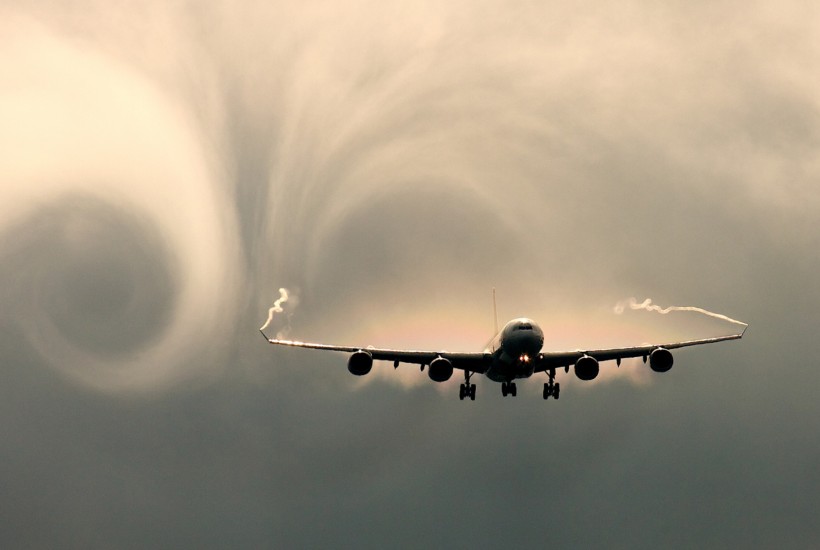
As many frequent and new travellers alike can relate, turbulence is often the most unpleasant part of the aviation experience. However turbulence may become a thing of the past thanks to new technology that promises to predict the type that lurks unseens and steer plans around it.
Boeing and Japan Aerospace Exploration Agency (JAXA) have been collaborating on the integration of LIDAR technology into a commercial airplane platform since 2010. The JAXA LIDAR technology offers the potential to accurately measure winds as much as 17.5 kilometres in front of airplanes and provide pilots with sufficient time to take appropriate action to avoid wind shear and clear air turbulence, which does not have any visual cues such as clouds.
According to Boeing that will begin trailing remote-sensing technology that can detect clear-air turbulence early next year, The concept, which they hope could be rolled-out across all commercial carriers, comes from a seven-tear collaboration with the Japan Aerospace Exploration Agency (JAXA) and has huge potential for travellers.
Statistic from the Federal Aviation Administration show that the number of turbulence-related injuries doubled in 2016, from 21 to 44.
But this could be slashed by LIDAR (light detection and ranging technology), which will work by emitting pulses of laser light from the plane's nose, scattering small dust and other particulates.
Observing the reflected light in segments, the pulse provides measurement of the wind speed at increments all along the direction of the laser.
These anomalies will trigger audio cues, which will be broadcast to pilots and cabin crew. Experts believe it would provide at least a 60-second heads-up. Even if pilots couldnt steer around the turbulence, a minutes notice could allow passengers to brace for the bumpy conditions ahead and cabin crew to stow away risky items such as hot coffee,
This next phase of the JAXA-Boeing LIDAR research collaboration is possible due to Boeing's ecoDemonstrator flight-test research program. Since 2012, the ecoDemonstrator program has used a series of flying testbeds to develop and test aviation technologies that enhance safety and environmental performance.
The Boeing ecoDemonstrator program plays a key role in the company's environmental strategy by using flight testing to accelerate new technologies that can reduce emissions and noise, improve airlines' gate-to-gate efficiency and help meet other environmental goals.
In 2018, Boeing and FedEx Express will work together for six weeks to flight-test more than 30 technologies including LIDAR aboard a new FedEx-owned 777 Freighter. FedEx and Boeing are committed to reducing the environmental impact of their products and advancing technology that will improve performance.
Please login to Comment